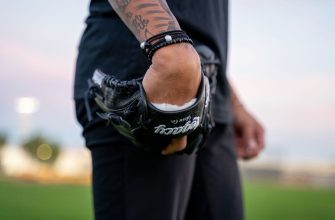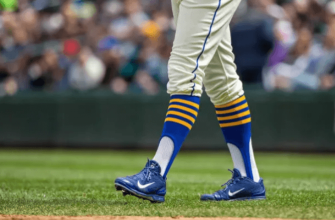Baseball mitts, often referred to simply as gloves, are leather coverings worn by baseball players in the field to assist with catching and fielding the ball. The primary purpose of baseball mitts is to reduce the impact when catching the ball and provide padding and protection to the player’s hand. They also improve grip and control of the ball when attempting to catch or field it. Unlike a typical glove that separates the fingers, baseball mitts feature a single large pocket that allows the player to catch the ball within the mitt.
While early forms of gloves emerged in the mid-1800s, the first confirmed baseball mitts as we know them today appeared in the 1870s and became widespread by the 1880s. Since then, the design has continued to evolve to improve performance, protection and comfort for players.
Origins of Baseball Gloves
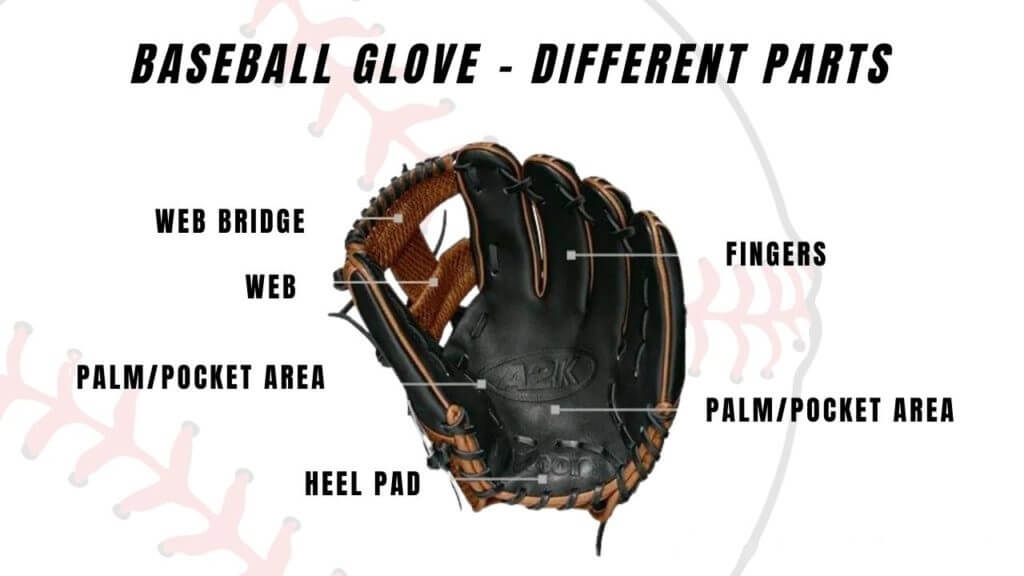
The first confirmed use of gloves in baseball was in 1875 by Charlie Waitt, an outfielder and first baseman for the St. Louis Brown Stockings. Waitt donned a pair of flesh-colored gloves to protect his hands while playing. However, the adoption of gloves was slow at first, as many players felt using gloves was unmanly and would negatively impact their ability to field.
It wasn’t until the 1880s that glove use became more widespread in baseball. One of the earliest patents for baseball gloves was awarded to William K. Doak in 1886. His design included padded fingers and padding in the palm area. By the late 1880s, nearly all professional players were using some type of glove for fielding.
In the early days, baseball gloves were very simple leather gloves without much padding or protection. But as glove use increased, new innovations emerged to create more protective and functional designs tailored specifically for baseball.
Evolution of Baseball Gloves
Baseball gloves have evolved quite a bit since the early days of the sport. Gloves first appeared briefly in the 1860s and then grew in popularity in the 1870s and 1880s. The earliest gloves were very rudimentary, simply meant to protect a player’s hand. They offered little padding or shape.
As the sport grew more competitive, players began demanding more protection and flexibility from their gloves. Manufacturers started experimenting with different materials like leather in the 1880s. Gloves with lacing and pockets were developed to help players catch and field balls easier. By the early 1900s, gloves became more sophisticated with shaped fingers and palm padding.
Modern baseball gloves really took off in the 1920s and 30s as new manufacturing techniques allowed for better fit, feel, and flexibility. Brands like Rawlings and Wilson pioneered new designs that helped players perform at higher levels. Today’s gloves are precisely engineered and crafted from high quality leather and synthetic materials. While the basic mitt design remains, modern baseball gloves offer maximum comfort, control, and protection for players.
Modern Baseball Glove Design
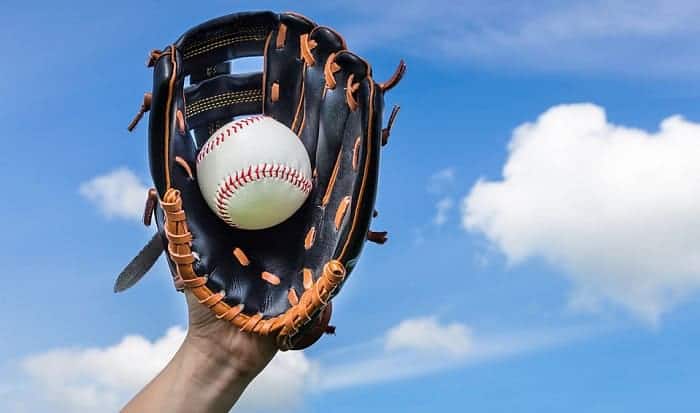
Modern baseball gloves have come a long way since the early days of the sport.
The key features that set modern baseball gloves apart include:
-
Web design – The webbing between the thumb and fingers is a key aspect of modern gloves. There are various web designs like the popular I-web that provide flexibility and allow infielders to scoop up ground balls more easily. Outfielders may prefer a closed web for catching fly balls.
-
Padding – Modern gloves have more padding in the palm and other areas to absorb shock and protect the hand. Materials like gel and memory foam are often used.
-
Ergonomics – The shape of modern gloves is optimized for comfort, fit, and flexibility. Curved finger stalls and asymmetric pocket designs contour to the natural shape of the hand.
-
Materials – Modern gloves use high quality leather, with game-ready models being made from steerhide or pro-grade leather. Synthetic materials are also blended in for durability and performance.
-
Breaking in – Modern manufacturing techniques allow gloves to break in faster while still providing support and shape retention. This allows players to be game-ready sooner.
-
Position-specific designs – Gloves are tailored to different positions, with larger and deeper pockets for outfielders and smaller gloves with shallow pockets for infielders. Catcher’s mitts are heavily padded and oversized.
In summary, modern baseball glove design focuses on ergonomics, performance, and innovative materials to provide players with the best possible fit, feel, flexibility, and protection for their position. Advanced manufacturing delivers game-ready gloves that break in quickly while retaining their shape.
Why Mittens and Not Gloves?
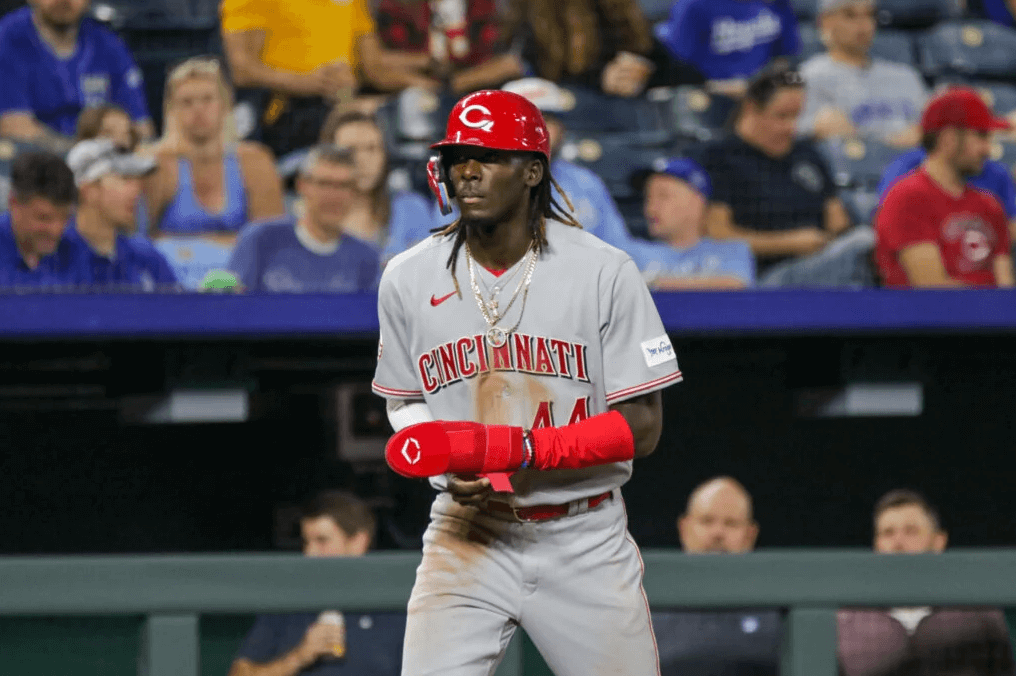
Baseball players wear mittens instead of gloves for a few key reasons. Mittens provide more warmth and protection compared to gloves since the fingers can share body heat. This helps combat the cold early spring weather during baseball season.
Mittens also provide more dexterity needed for catching and throwing. The single large pocket allows the hand to grasp and control the ball better compared to individual fingers in a glove. The palm and fingers can move more fluidly to snag line drives.
Lastly, mittens offer more padding and shock absorption over the hand’s vulnerable fingers. The mitt helps protect against impact from a fastball or foul tip. Thick leather distributes force and prevents finger injuries. For these reasons, baseball favors mittens over regular gloves.
Proper Fit and Sizing
When choosing a baseball mitt, proper fit and sizing is crucial for optimal performance and comfort.
There are a few key factors to consider when determining the right size mitt:
-
Age and hand size of the player – Generally younger players with smaller hands will need a smaller mitt around 11 inches, while older players with larger hands can use a full-sized mitt up to 12+ inches. Mitts are sized by length and measured from the top, or pinky finger side, down to the bottom, or thumb side.
-
Position played – Infielders tend to prefer smaller 11-12 inch mitts for quicker exchanges and transfers, while outfielders and pitchers usually opt for larger 12-13 inch mitts with deeper pockets for added reach and control.
-
Comfort and flexibility – The mitt should feel snug around the hand without restricting movement. Make sure fingers can still wiggle and the hand can open and close easily within the mitt.
-
Trying it on – There’s no better way to ensure a proper fit than by having the player test the mitt themselves. Make sure their fingers reach all the way into the finger stalls with no excess room, but not jammed tight either.
With the right sized mitt that fits the player’s hand and position well, they’ll be set up for success on the field. Taking the time to find that ideal fit makes a big difference in performance.
Types of Baseball Mitts

Baseball mitts come in different styles optimized for each defensive position on the field. The key differences between mitts relate to size, pocket depth, finger stall design, and web type.
Pitcher’s Mitts – These have a closed web and shallow pocket to conceal the ball from batters. They are sized 11.5″-12″ for youth and pro sizes.
Catcher’s Mitts – Extra padding and a hinged pocket helps absorb impact from pitches. They range 31″-34″ in circumference and have a closed web.
First Base Mitts – A wider pocket and more flexible webbing allows scooping and catching throws. Sizes are 12″-12.75″ with open or closed webs.
Infielder’s Mitts – Middle infielders use shallow pocket 11.25″-11.75″ mitts for quick transfer on double plays. Third base uses 11.5″-12″ for reaction time.
Outfielder’s Mitts – Larger 12″-12.75″ pockets and longer finger stalls provide reach and control. Webbing varies based on preference.
Care and Maintenance
Properly caring for and breaking in your baseball mitt is essential for maximizing its performance and longevity.
Here are some tips:
-
Use heat and friction to break it in initially – One of the best ways to break in a new mitt is through a combination of heat and friction. Many players will apply a leather conditioner, put a ball in the pocket, tie it up, and then sleep with it under their mattress for a few nights to create friction and use body heat to soften the leather. You can also try heating the mitt with a hair dryer or placing it in the oven at the lowest setting first to help soften the leather before working and playing with it.
-
Pound and flex the pocket frequently – Squeezing a ball into the mitt’s pocket and pounding your fist into the pocket helps create the proper shape. Flexing the glove opens and closes the pocket to make it more pliable.
-
Use leather conditioner – Rubbing conditioner into the glove helps soften and break in the leather. Choose a conditioner specifically formulated for glove leather. Apply it liberally, massaging it into the palm and fingers. Wipe away excess.
-
Play catch often – Simply playing catch frequently with the new mitt is one of the best ways to break it in. The continual motion helps shape the pocket and soften the leather.
-
Store properly when not in use – Keep your mitt in a cool, dry place out of direct sunlight when not using it. Stuff the pocket with a ball and secure it with a wide rubber band to help maintain the pocket shape. Make sure to wipe off excess dirt and let it fully dry before storing.
Properly breaking in and caring for your mitt will ensure optimal performance and make it much easier to field balls cleanly. With some patience and regular use, your mitt will form perfectly to your hand.
Fun Facts and Trivia

Baseball mitts have a fascinating history behind their development and evolution over the years.
Here are some interesting facts about baseball mitts:
-
The earliest form of a baseball mitt dates back to the 1840s when players would simply wear basic leather work gloves or even riding gloves to help protect their hands when fielding the ball. Players would stuff the fingers of the gloves with grass or hair to help cushion impacts.
-
One of the first true baseball mitts was invented in the 1870s by Charles Waite. His design had a padded palm and fingerless glove which helped players catch the ball more easily. This became known as a fingerless glove or mitt.
-
In the 1880s, padded finger stalls were added to mitts to help protect players’ fingers. This evolved into the first glove with full fingers in the 1890s.
-
One of the most iconic baseball mitts, the Trapper mitt, was designed in the 1960s. It had a closed web and wide pocket which made it easier to scoop up ground balls.
-
Modern baseball mitts use advanced materials like treated and formed leather, synthetic fabrics, and padded palm linings to be very lightweight yet offer maximum protection.
-
Each position on the field typically uses a different style of mitt optimized for their needs – catchers mitts, infielders gloves, outfielders gloves, first base mitts, etc.
-
The largest baseball mitt on record was over 3 feet wide and made as a promotional stunt in 2011 by manufacturer Rawlings. A regulation mitt for gameplay cannot be more than 12 inches from top to bottom.
-
Baseball mitts are always worn on the non-dominant hand to allow players to throw the ball freely with their dominant hand.
Conclusion
Baseball mitts have come a long way since the early days of barehanded play. The evolution from simple leather gloves to specialized position-specific mitts with advanced materials demonstrates how far the sport has progressed. While the mittens may appear unusual compared to normal gloves, they serve important functional purposes in fielding balls hit at high speeds. The unique design allows for catching balls securely in the pocket, protecting a player’s hands from injury.
Additionally, the expanded surface area and flexibility enable players to snag balls out of the air from wider angles. Although baseball gloves have changed in many ways over the years, their primary aim remains the same – helping players safely and effectively field balls during games. In summary, the mittens worn by baseball players today represent both the rich history and innovative future of equipment in America’s national pastime.






